The body is of central importance to the Hindu and Buddhist Tantra traditions because it is thought to contain the entire universe within it. The body recapitulates the cosmos, with the highest level of Shiva or the Goddess located at, or above, the crown of the head and the level of the earth located at the feet.
The practices of the Tantras are designed to achieve liberation (moksha) but also to achieve magical powers and worldly success (siddhi). In the traditional worldview of ancient and medieval India, supernatural powers afforded through yogic practice were a standard list of eight that included powers of levitation and increase or decrease of size. The other kind of worldly success through ritual was the destruction of one’s enemies and the power of attraction; to attract a desired person through a kind of ‘love magic’. An early text (possibly 7th century) describes visualization techniques for ‘hooking’ the desired person and drawing her/him into oneself. Other powers gained through mantra repetition were protection from possession by demonic forces. As such, the Tantras became popular texts among medieval kings who desired an increase of power and the destruction of enemies.
There are a number of general features of the Tantras. Firstly, the Tantras required initiation during which the disciple would be given a mantra to repeat by the master or guru. Secondly, they required daily ritual during which the body was symbolically destroyed in the imagination and a divine body created through mantras, for in Tantra only a god can worship a god, so the practitioner becomes symbolically divine for the purposes of ritual. In this way, the body is given the highest importance as the vehicle for liberation.
___
"The Tantras became popular texts among medieval kings who desired an increase of power and the destruction of enemies. "
___
Now liberation looks, and looked, different for different Tantric traditions.
The Tantras were composed during the early medieval period, mostly 7th to 10th century, although part of the very earliest Tantra goes back to the 5th century CE. They are presented as a dialogue between a supreme God, usually Shiva, and the Goddess, called Shiva’s power or Shakti, and they teach that liberation or enlightenment can be achieved through a process of ritual and meditation on particular sounds and verses from the texts, called mantras.
The mainstream tradition Shaiva Siddhanta – still extant in South India - followed the dualist Tantras. They maintained an ontological distinction between God, Self, and World. Other groups, such as the Kashmir Shaiva, followed the non-dualist Tantras that maintained an ontological identity between these concepts.
So, in the dualist Shaiva Siddhanta, the practitioner is ensured liberation at death with the grace of Shiva. In the non-dualist Kashmir Shaiva, the practitioner aspires to liberation during this life as an expanded, ecstatic awareness.
It’s with some of the extreme practices of the latter that Tantra has become famous in the West. These practices, originating in ascetics living in cremation grounds, were antinomian and involved ritual sex outside of caste restrictions, along with the consumption of revolting substances (such as the waste products of the body) in order to overcome aversion and to see pleasure and disgust as equal.
___
"The practitioner aspires to liberation during this life as an expanded, ecstatic awareness."
___







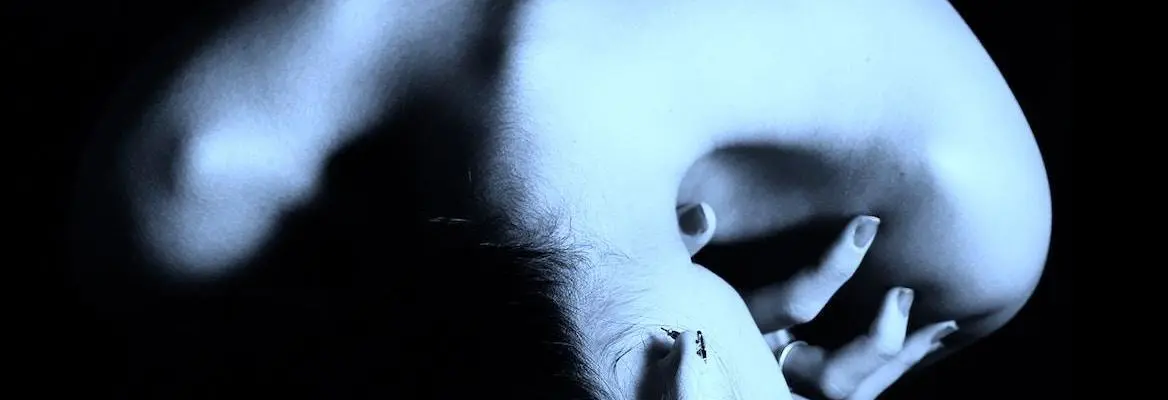


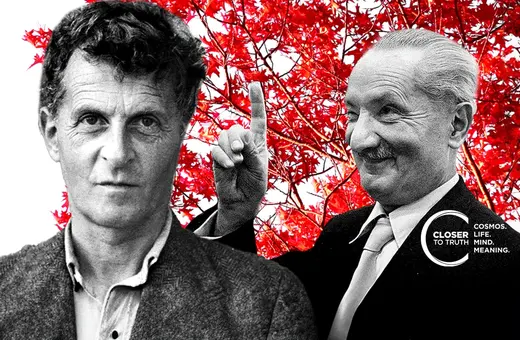
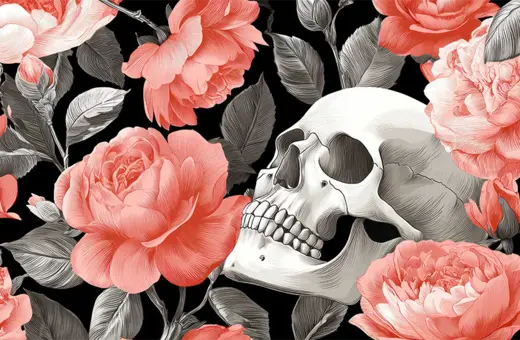

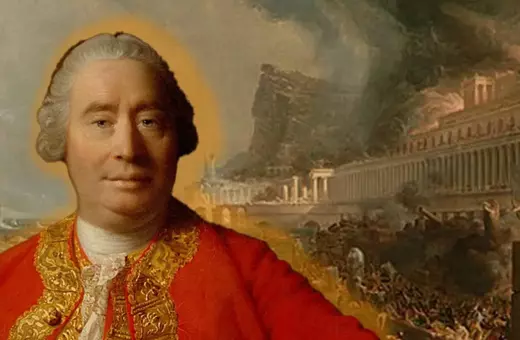
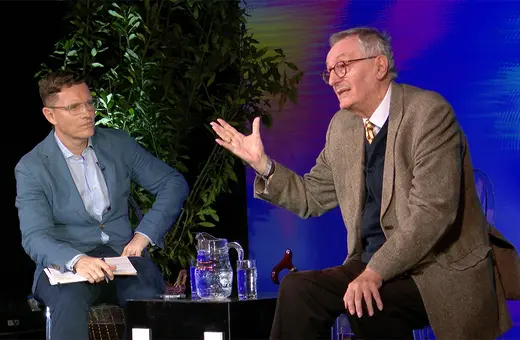






Join the conversation